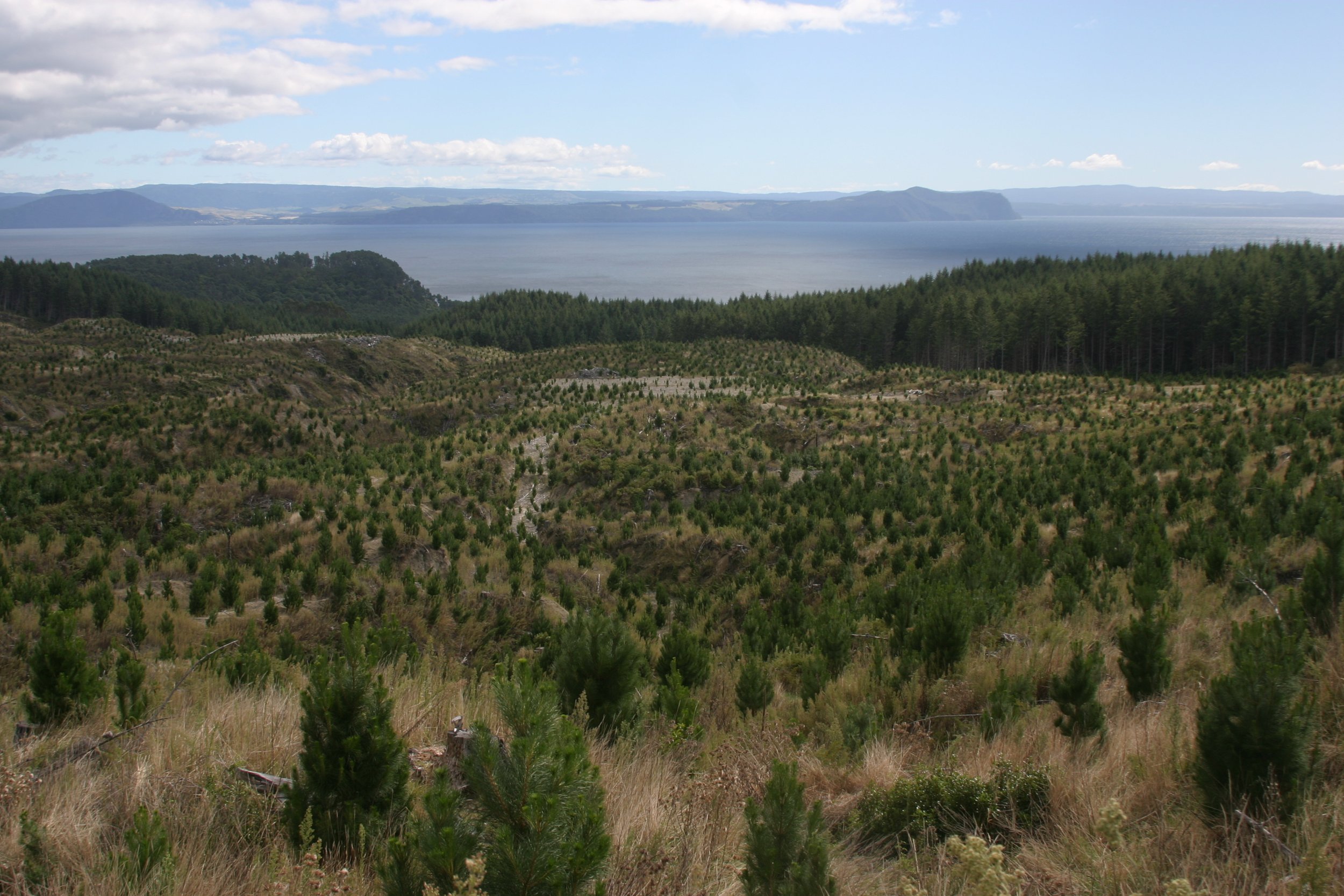
Water Quality Monitoring
Assessing the effects. NZFM has in place a regular water quality monitoring programme within Lake Taupo Forest.
The objective of this study is to assess whether forest harvesting operations are affecting the water quality of two streams within the forest, the Waimarino River and the Mangakowhitiwhiti stream, both of which drain into Lake Taupo. The headwaters of each catchment are in indigenous forest and approximately 39% and 56% respectively of each catchment is planted in Pinus radiata forest.
The study began in 1994 at three monitoring sites on the Waimarino River and one site on a tributary stream. The study was extended to include three sites on the Mangakowhitiwhiti Stream (a tributary of the Tauranga-Taupo River) in 1996. Nitrogen and phosphorus concentrations, suspended sediment and water clarity are monitored regularly each year at these sites. Rainfall and stream flow data is also collected from each catchment.
Results have been reported since 1994. The conclusions from the most recent monitoring period (2024) were:
During 2024, water temperatures were within excellent ranges for fish health and spawning across all sites.
Suspended sediment showed some variability, however nitrogen concentrations remained low at most sites. There was a slight elevation at the sub-catchment level likely due to the increased runoff associated with reduced forest cover following cyclone Gabrielle.
The 2024 data revealed that all measured water quality indicators in both catchments were rated “satisfactory” or better according the regional or national water quality guidelines. This means that the water meets the established standards and guidelines for safe and acceptable water quality.
Bacterial indicators remained within the ‘excellent’ category for human health at all sites.
Overall the report concludes that forestry operations, while ongoing, appear to be managed in a way that limits their impact on water quality.
